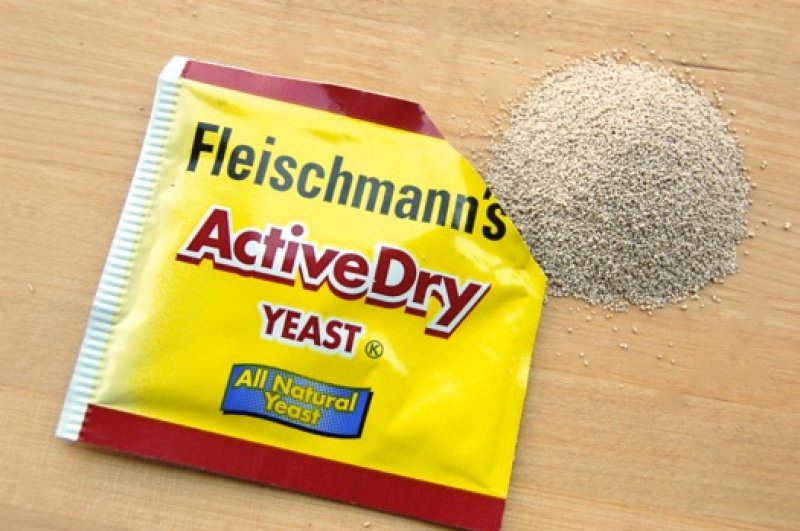An international team of scientists is closing in on its goal of replacing all the genetic material in a yeast cell with designer DNA printed in a lab. The effort to endow baker’s yeast with artificial chromosomes signals a step toward what biologists say is technology for printing out improved, or entirely new, life-forms in the laboratory.
The yeast project, dubbed Sc2.0, involves about 200 scientists at 10 universities[, who] painstakingly replaced five of yeast’s 16 chromosomes with artificial copies, which had been engineered with changes that could make them more suitable for producing drugs or biofuels.
“What we’re doing is essentially speeding up evolution,” says Jef Boeke of New York University’s Langone Medical Center, who has led the ongoing project.
…
The synthetic-yeast project is the foundation of a much more ambitious effort called Genome Project-Write, of which Boeke is also a part. It aims to create a fully synthetic plant or animal genome, possibly that of a human…[In 2016,] these plans provoked strong criticism from other scientists, who said such an undertaking was unrealistic, would raise ethical questions over “designer” humans, and had not been fully thought out.
…
Someday, however, designer human chromosomes could have a role in advanced gene treatments, according to some researchers. Currently, gene therapies usually involve replacing a single gene in a person’s body. But scientists believe a small artificial chromosome might be used to replace whole networks of faulty genes.
[The study can be found here.]The GLP aggregated and excerpted this blog/article to reflect the diversity of news, opinion, and analysis. Read full, original post: Designer Chromosomes Point to New Synthetic Life-Forms































